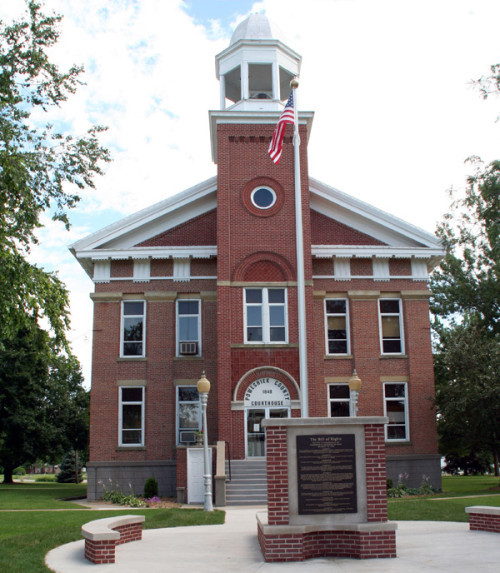Since the founding of our communities, organizations, businesses and citizens have stepped forward to build and serve their community. Click on any of the logos below to learn about those who made this website possible! If you would like to learn about becoming a sponsor CLICK HERE!

- County: Poweshiek County, IA
- Region: Southeast IA
- Sponsors
- About Malcom, IA
- Businesses
- Community Organizations
- Faith Organizations
- Festivals and Events
- Points of Interest
- Veterans
- Visit Website
Learn how to Contribute to any of the above categories.
No news yet. Got some news? Hit that NEW POST button!
About Malcom, IA
During 1855 Edmond L. Cardell, who was originally from Vermont, settled on a claim next to Church Meigs. Mr. Cardell was the first Postmaster and Justice of Malcom. He also kept the stage station where fresh horses were held and passengers were given board. Later Mr. Cardell became a member of the Fourteenth General Assembly of Iowa.
Mr. Meigs opened the first sawmill which was located on Big Bear Creek. This mill furnished the early settlers with lumber for their homes. Several other families also moved to the vicinity making a small cluster of homes that were called the "Yankee Settlement".
The population of "Yankee Settlement" warranted a township in September of 1858. L. E. Cardell was given the authorization to proceed in organizing the township.
On April 23, 1872 the town of Malcom was incorporated.
The first building was erected by W. J. Johnson in 1866. Other buildings, such as the depot and the grain house soon followed. The rapid development was accredited to the central location and advantages provided by the railroad. The railroad passed through the township in 1863.
The first school was taught in the Meigs home with six pupils enrolled.
The first Church was the Presbyterian Church in 1859. The Evangelical German Lutheran Church organized in 1867 and the Methodist Church began in 1870.
Three fires damaged Malcom, the first in 1877, followed by the second in 1879 and the third in 1880. In June of 1882 the Grinnell Cyclone struck, destroying many homes and the Churches in Malcom. Those were soon rebuilt.
The population near the year 1880 was over 1,073 people. Many businesses during the time included a newspaper, hotels, grain elevator and the stock yards.
Carloads of livestock were shipped out of the town, often as many as 500 carloads per year. This was when Malcom was know as "Little Chicago."
Poweshiek County, IA
Visit our county page and you will find information about our town and county's points of interest, festivals/events and faith community. You also will learn about the community organizations that have built and continue to build strong communities (chambers, community groups, and departments, etc) and much more when you visit the Poweshiek County, IA page.

